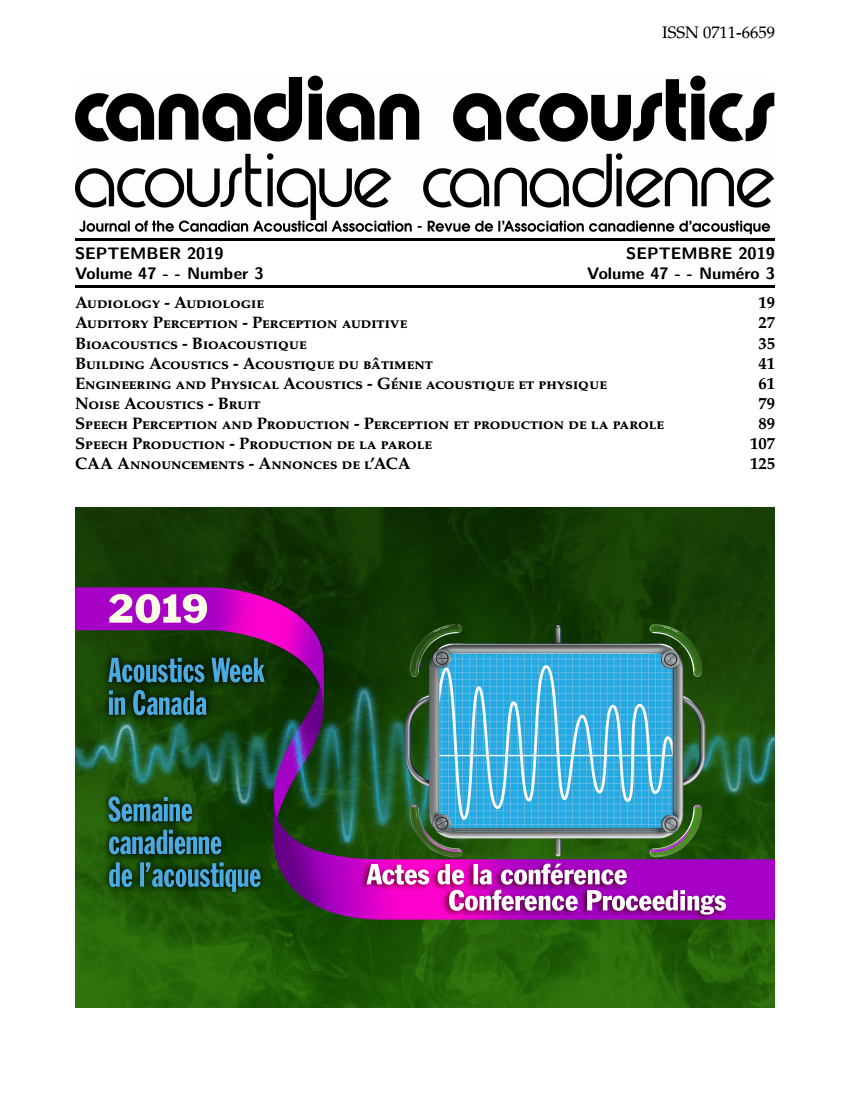Listening Effort in Eateries
Abstract
Eateries such as restaurants, cafeterias and food courts can be noisy. There tend to be large crowds of people talking, and sometimes there is also music increasing the level of background noise. Most eateries lack sound-absorbing treatments, such as curtains or carpet, contributing to the high level of noise. These factors force speakers in eateries to raise their voices and increase the effort they exert during listening, known as listening effort. Studies of the acoustical environment of restaurants have been limited to sound level measurements and questionnaires, but no objective measures of listening effort have been used as far as the authors are aware.
This project aims to objectively measure the listening effort that participants exert while listening in noisy restaurants. To achieve this aim, 10-minute samples of ambient noise will be recorded from four restaurants, two “quiet” and two “noisy,” using a stereophonic headset and a digital recorder. Fifteen younger adult participants will be given a task in which they are asked to listen to sentences and repeat back the last word. These sentences will be presented among the recorded background noise. The background noise will be played at four different levels, whereas the level of the sentences remained constant. Listening effort will be measured objectively using functional near-infrared spectroscopy (fNIRS), a non-invasive optical brain imaging method. This method requires the use of a sensor pad affixed to participants’ foreheads, which contains light sources and light detectors. The light sources emit near-infrared light into the scalp above the prefrontal cortex (PFC), and the light detectors measure the amount of light that returns to the sensor pad. From this, the concentration of oxygen in the PFC can be calculated, which will serve as the primary measure of listening effort.
Additional Files
Published
How to Cite
Issue
Section
License
Author Licensing Addendum
This Licensing Addendum ("Addendum") is entered into between the undersigned Author(s) and Canadian Acoustics journal published by the Canadian Acoustical Association (hereinafter referred to as the "Publisher"). The Author(s) and the Publisher agree as follows:
-
Retained Rights: The Author(s) retain(s) the following rights:
- The right to reproduce, distribute, and publicly display the Work on the Author's personal website or the website of the Author's institution.
- The right to use the Work in the Author's teaching activities and presentations.
- The right to include the Work in a compilation for the Author's personal use, not for sale.
-
Grant of License: The Author(s) grant(s) to the Publisher a worldwide exclusive license to publish, reproduce, distribute, and display the Work in Canadian Acoustics and any other formats and media deemed appropriate by the Publisher.
-
Attribution: The Publisher agrees to include proper attribution to the Author(s) in all publications and reproductions of the Work.
-
No Conflict: This Addendum is intended to be in harmony with, and not in conflict with, the terms and conditions of the original agreement entered into between the Author(s) and the Publisher.
-
Copyright Clause: Copyright on articles is held by the Author(s). The corresponding Author has the right to grant on behalf of all Authors and does grant on behalf of all Authors, a worldwide exclusive license to the Publisher and its licensees in perpetuity, in all forms, formats, and media (whether known now or created in the future), including but not limited to the rights to publish, reproduce, distribute, display, store, translate, create adaptations, reprints, include within collections, and create summaries, extracts, and/or abstracts of the Contribution.


